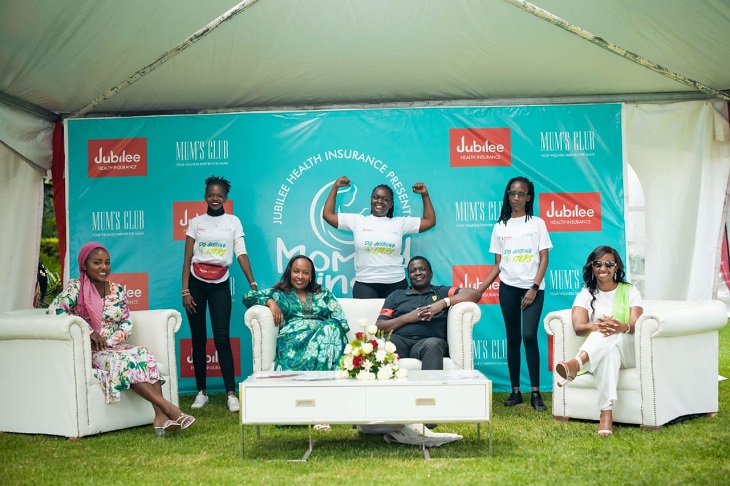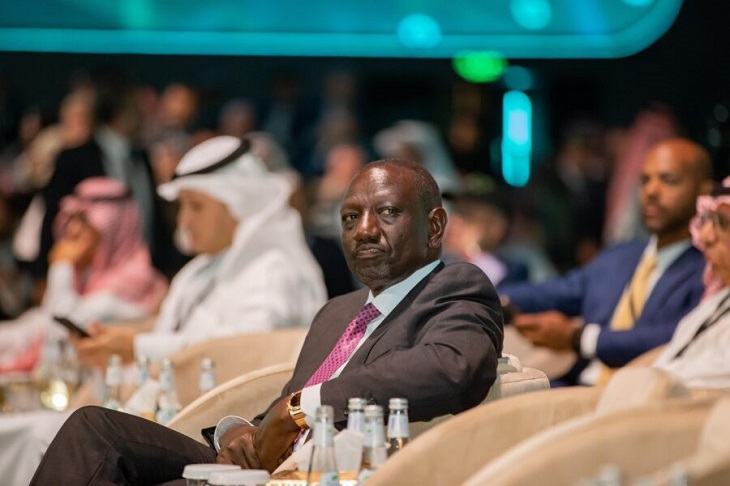This year’s International Women’s Day served as a vital opportunity to celebrate progress in gender equality while acknowledging the challenges that persist. Centered around the theme “Accelerate Action,” it emphasized the need for urgent and decisive measures to achieve true equality.
Across East Africa, women have made significant strides in education, entrepreneurship, and leadership. However, the workplace remains one of the biggest battlegrounds for gender parity, with persistent biases, pay disparities, and underrepresentation in senior roles.
As custodians of workplace culture and policy, women in Human Resources (HR) play a unique and powerful role in bridging this gap. Yet, gender balance is often treated as a compliance exercise rather than a strategic priority. HR professionals must, therefore, shift from policy enforcers to architects of lasting change, embedding gender equity as a core organizational value and operational priority rather than a mere discussion topic.
Across the region, governments have introduced policies aimed at promoting gender equality in the workplace. Rwanda, for example, has made significant legislative progress, implementing a 30% gender quota for all elected positions in government. Uganda and Tanzania have also taken steps to encourage female leadership through national gender action plans. However, the private sector still lags in meaningful implementation, and many businesses see gender equality as an HR-driven compliance requirement rather than a competitive advantage.
Studies have shown that diverse teams perform better. The East African Business Council (EABC) Annual Report 2023 highlights that companies in East Africa with higher gender diversity in leadership experienced a 15% increase in financial performance, a 20% improvement in employee engagement, and a 25% enhancement in decision-making quality compared to less diverse organizations. HR professionals must leverage this data to push for gender balance as a strategic business goal and not a moral obligation.
One of the biggest challenges in achieving gender balance is the “leaky pipeline,” which involves women entering the workforce in significant numbers but failing to reach senior leadership positions. A study by the African Development Bank (AfDB) found that while women in East Africa make up nearly 40% of the formal workforce, they hold less than 25% of top executive roles.
The reasons for this are well documented: Persistent challenges such as limited mentorship, workplace biases, and the burden of unpaid care work hinder women’s career advancement. HR leaders can address these barriers by advocating for flexible work policies, safeguarding career progression during maternity leave, and implementing leadership development programs. Expanding sponsorship initiatives, where senior leaders champion female talent, is a proven strategy that should see broader adoption.
Unconscious bias continues to disadvantage women in hiring and promotion processes. Despite equal qualifications, women in East Africa often face higher scrutiny compared to their male counterparts. According to a 2024 study by the United Nations Economic Commission for Africa (UNECA), women are less likely to be promoted to leadership roles even when they outperform their male colleagues.
To counter this, HR leaders should champion gender-neutral hiring and promotions, provide bias training for managers, and enforce pay transparency. In sectors like finance, manufacturing, and technology, where disparities are pronounced, proactive recruitment strategies to attract and retain women are essential.
The gender pay gap in East Africa persists, with women earning 20–30% less than men for the same work. The disparity is even greater in male-dominated industries like construction, technology, and energy. HR leaders can address this by conducting pay audits, promoting transparent compensation policies, and ensuring fair salary negotiations that do not disadvantage women. The HR community must push for industry-wide accountability to make pay equity a non-negotiable standard.
Technology offers transformative opportunities to advance gender inclusion. HR analytics can identify and address disparities in hiring, pay, and promotions, while digital learning platforms help women upskill to stay competitive in evolving job markets. As East Africa rises as an innovation hub, HR leaders must leverage digital tools to eliminate recruitment biases, foster mentorship, and create virtual learning environments that empower women. Embracing these tools is essential to ensure that women thrive in the challenges and opportunities of the Fourth Industrial Revolution.
Ultimately, gender equality in the workplace demands bold leadership, not just policies. Women in HR must harness their influence to challenge outdated norms, reject tokenism, and prioritize diversity at the core of business strategies. As East Africa rises in the global economy, gender balance is essential for creating inclusive, high-performing workplaces. The future depends on it.
Related Content: Over 40% Of Kenyan Women Have Experienced Physical Violence
By Margaret Wachira, the Head of People and Culture, Samsung Electronics East Africa












